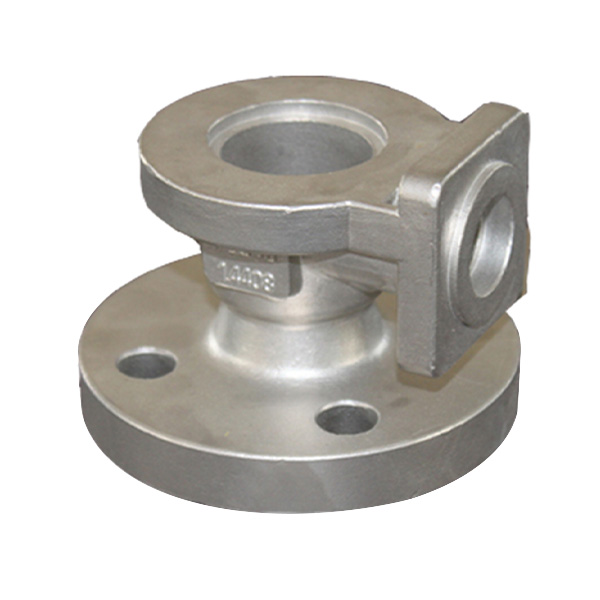Mobile:+86-311-808-126-83
Email:info@ydcastings.com
Submersible Pump Impeller Types - Comprehensive Guide
Understanding Submersible Pump Impeller Types
Submersible pumps are essential devices used in various applications, including groundwater extraction, drainage, sewage management, and industrial processes. One of the key components determining the performance of submersible pumps is the impeller. The impeller is the rotating part of the pump that transfers energy to the fluid, thereby moving it through the system. There are several types of impellers, each designed for specific applications and performance characteristics.
1. Open Impellers
Open impellers consist of blades that are not enclosed by shrouds, making them simpler in design. This type of impeller is ideal for applications dealing with liquids that contain solid particles or debris, as the open design allows for easy passage of these materials without clogging. Open impellers are often utilized in sewage and wastewater treatment applications. However, they tend to be less efficient than other impeller types when handling clean fluids.
2. Semi-Open Impellers
Semi-open impellers feature a shroud on one side, providing a balance between performance and the ability to handle solids. This design helps to enhance efficiency while reducing the risk of clogging compared to fully open impellers. Semi-open impellers are commonly used in applications where moderate solid content is present, making them versatile for various industries, including agriculture and industrial processing.
submersible pump impeller types

Closed impellers have blades enclosed by shrouds on both sides, which maximizes efficiency and minimizes the chances of cavitation. This design is ideal for applications requiring high-pressure output and where the fluids being pumped are clean and free of solid particles. Closed impellers are commonly found in applications involving clean water, chemical processing, and food and beverage production due to their efficiency and effectiveness in increasing flow rates.
4. Vortex Impellers
Vortex impellers are designed to create a vortex flow pattern, minimizing contact between the impeller and the liquid. This design is particularly useful for handling fluids with larger solid particles or fibers, as it reduces the likelihood of blockage. Vortex impellers are commonly used in wastewater applications and are effective for pumping slurries or any fluid with stringy materials.
5. Mixed Flow Impellers
Mixed flow impellers combine features of both axial and centrifugal impellers. They are designed to push fluid both radially and axially, which allows for a high flow rate with moderate pressure increase. This type of impeller is suitable for applications where a rapid increase in flow is important, such as in large irrigation systems or in municipal water supply.
Conclusion
Selecting the right impeller type for a submersible pump is crucial for optimizing performance and efficiency. Understanding the characteristics and suitable applications for open, semi-open, closed, vortex, and mixed flow impellers enables engineers and operators to make informed decisions, ensuring that their pumping systems operate effectively in their specific environments. As technology advances, continued innovation in impeller design will lead to even more efficient submersible pump solutions in the future.
-
Why Should You Invest in Superior Pump Castings for Your Equipment?NewsJun.09,2025
-
Unlock Performance Potential with Stainless Impellers and Aluminum End CapsNewsJun.09,2025
-
Revolutionize Your Machinery with Superior Cast Iron and Aluminum ComponentsNewsJun.09,2025
-
Revolutionize Fluid Dynamics with Premium Pump ComponentsNewsJun.09,2025
-
Optimizing Industrial Systems with Essential Valve ComponentsNewsJun.09,2025
-
Elevate Grid Efficiency with High-Precision Power CastingsNewsJun.09,2025











